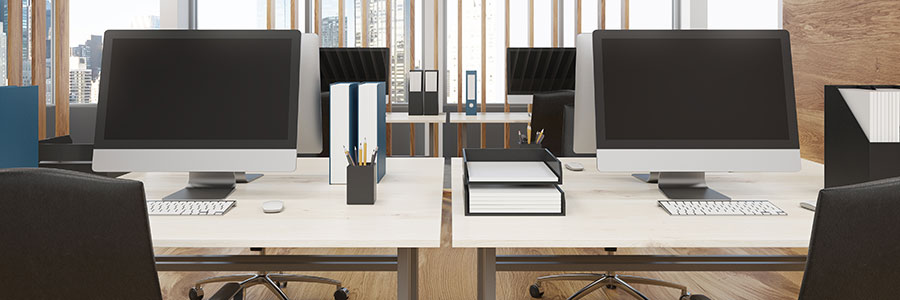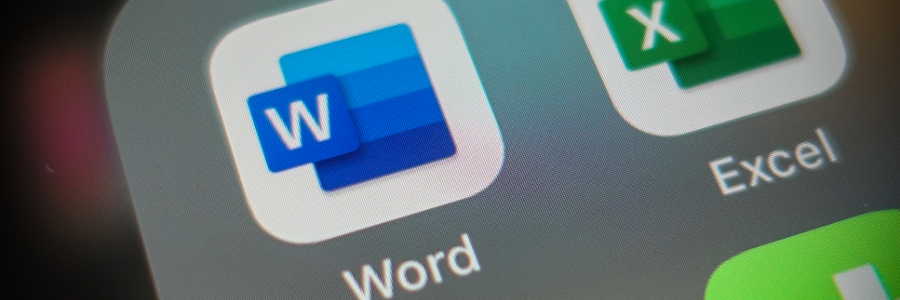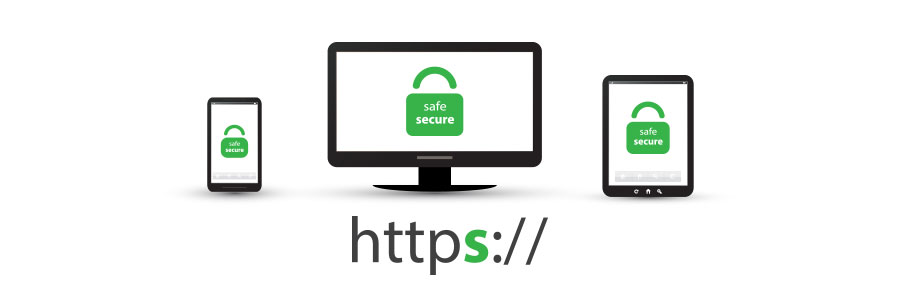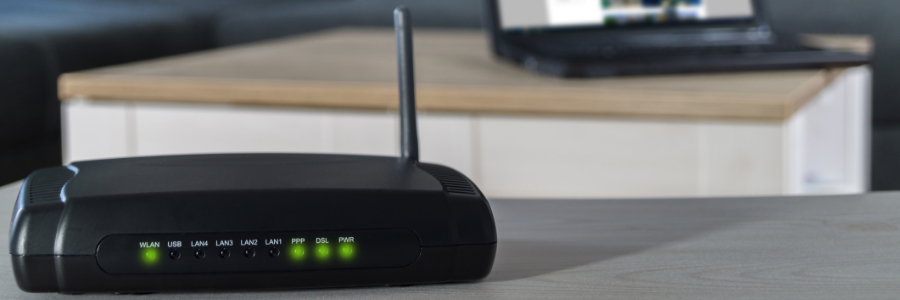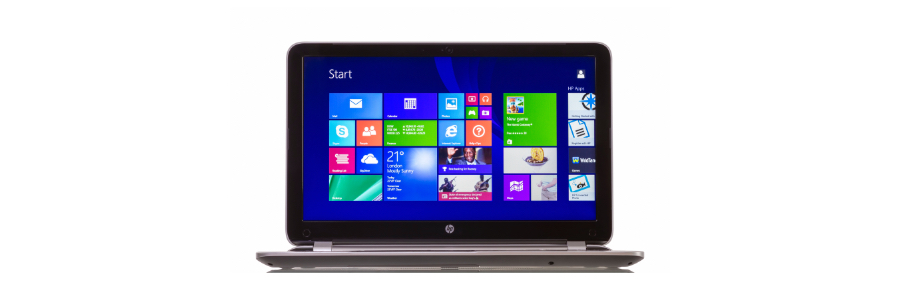Much like how we’re turned off by professionals who look disheveled, we leave websites that look ugly and messy. Follow our tips to get your website cleaned up nicely and make it ready to convert customers.
Make a statement with professional photographs
Before site visitors read what’s on your website, they assess it by checking out your images.
Here’s how you can wow website visitors



